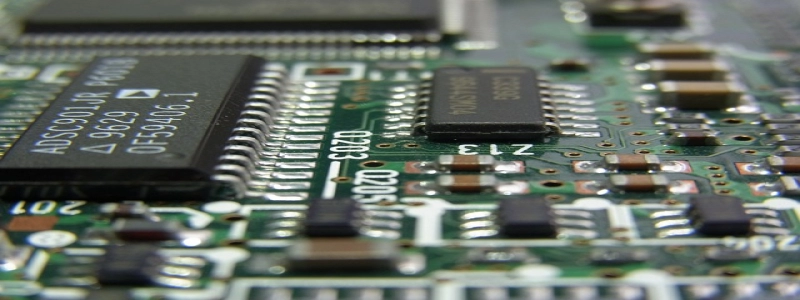Fiber Optic Cable vs Coaxial Cable
I. Introduction
A. Definition of Fiber Optic Cable
B. Definition of Coaxial Cable
II. Construction and Composition
A. Fiber Optic Cable
1. Core
2. Cladding
3. Protective Jacket
B. Coaxial Cable
1. Inner Conductor
2. Dielectric Insulation
3. Metallic Shield
4. Protective Jacket
III. Speed and Bandwidth
A. Fiber Optic Cable
1. High-speed data transmission
2. Greater bandwidth capacity
B. Coaxial Cable
1. Slower data transmission compared to fiber optic cable
2. Limited bandwidth capacity
IV. Signal Loss and Interference
A. Fiber Optic Cable
1. Minimal signal loss
2. Immune to electromagnetic interference
B. Coaxial Cable
1. Signal loss due to resistance
2. Prone to electromagnetic interference
V. Distance
A. Fiber Optic Cable
1. Can transmit signals over longer distances without degradation
B. Coaxial Cable
1. Signal degradation over long distances
VI. Flexibility and Size
A. Fiber Optic Cable
1. Thinner and lighter
2. More flexible and easier to install
B. Coaxial Cable
1. Thicker and bulkier
2. Less flexible and more difficult to install
VII. Cost
A. Fiber Optic Cable
1. Higher initial installation cost
2. Lower maintenance cost in the long run
B. Coaxial Cable
1. Lower initial installation cost
2. Higher maintenance cost due to signal degradation and interference issues
VIII. Applications
A. Fiber Optic Cable
1. Long-distance telecommunications
2. High-speed internet connections
3. Cable television
B. Coaxial Cable
1. Short-distance telecommunications
2. Cable television
3. Surveillance systems
IX. Conclusion
A. Fiber optic cable offers numerous advantages over coaxial cable, including faster data transmission, greater bandwidth capacity, minimal signal loss, immunity to interference, long-distance capabilities, and flexibility. While the initial installation cost may be higher, the lower maintenance cost in the long run makes fiber optic cable a preferred choice for various applications, such as long-distance telecommunications, high-speed internet connections, and cable television. Coaxial cable, on the other hand, is more suitable for short-distance telecommunications, cable television, and surveillance systems.








